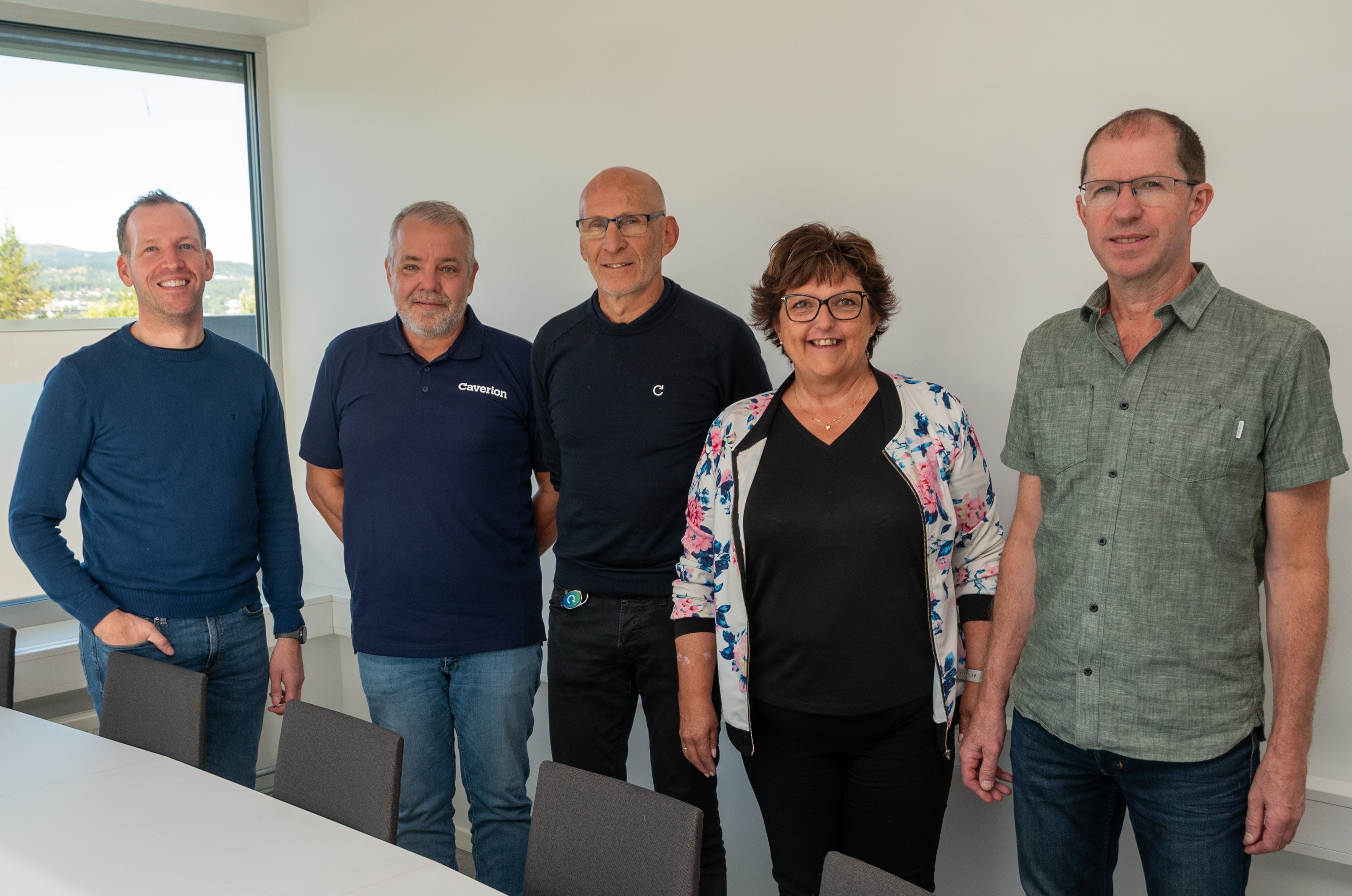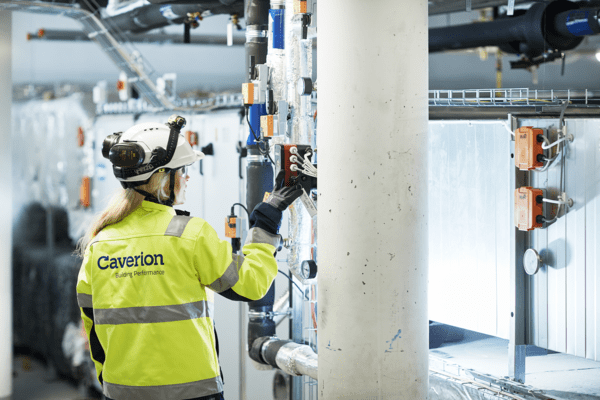Ecological Heat Pumps save money and reduce emissions

Traditional heating systems like oil and coal generate high quantities of carbon dioxide emissions. By investing in heat pumps, you can drastically reduce the need for fossil fuels and achieve significant reductions in your carbon footprint – in a very cost-efficient way.
There are three types of heat pumps: air-to-air, water source, and ground source. They collect heat from the air, water, or ground outside your building and concentrate it for use inside.
Outdoor air contains energy which can be utilised for heat generation, even at temperatures far below zero. Air-source heat pumps can be used both for heating in winter and cooling in summer. The heat pumps transform the energy from the outside air into hot or cold air inside, distributed via the ventilation and heating systems in buildings.
For water-based systems, there are a number of available natural heat sources such as ground, surface and sea water, sewage water, industrial wastewater etc. Ground water or water close to the bottom of seas and lakes as energy source is easily available in many regions and offers a stable temperature. Wastewater usually has a higher temperature.
A ground source heat pump system can even make you independent of district heating and push the carbon dioxide emissions resulting from heating your property close to zero. Of course, all three types of heat pumps can also be used as supportive heating system together with e.g. district heating or gas central heating boilers.
Invest in ground source heat pumps to reduce long-term costs
Ground source heat pumps can be installed for both new building and renovation projects in most areas. A geothermal energy system is particularly beneficial when district heating is not available. Installing a ground source heating system will also help you stay in line with the ever-tightening energy regulations.
During the summer, you can use the cooling capacity of the geothermal heat pump for cooling your buildings.
Especially if you have large buildings with separate underfloor heating areas, a hybrid system might be suitable. A hybrid system combines ground source heating and district heating and enables you to benefit from demand response.
Expert heat pump installation guarantees optimal outcomes
Our experts are happy to help you compare different heating systems. Our energy estimation measures the viability and suitability of the solutions for your building. We can simulate the energy use of the building and calculate the payback period for the investment.
Our installation team will take over and carry out a safe and effective heat pump installation.
Do you want to know more?
Related services
We help our customers succeed
Contents you might be interested

Assemblin Caverion Group joins the UN Global Compact and commits to support its principles on human rights, labour, environment and anti-corruption
Assemblin Caverion Group joins the UN Global Compact and commits to support its principles on human rights, labour, environment and anti-corruption
Read more...



